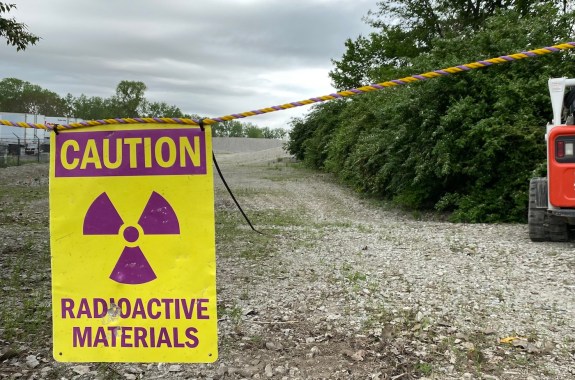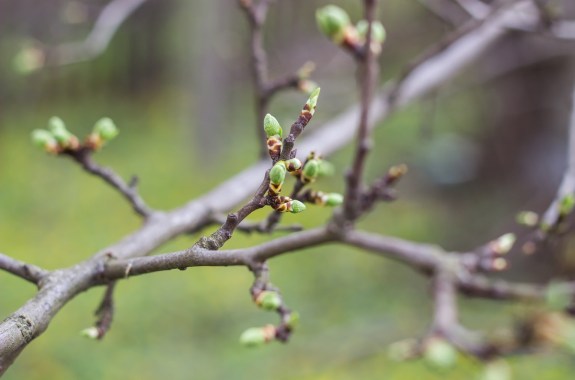Shahla Farzan is a science journalist, PhD ecologist, and editor with American Public Media, where she helps produce science podcasts for kids. She loves showcasing the many weird and wonderful aspects of science — and encouraging young, curious thinkers to question and explore the world around them.
EPA Moves To Accelerate Superfund Cleanup Amid Cuts
The agency plans to expedite the process of cleaning up toxic waste sites, even as Trump aims to slash its budget and staff.
RFK Jr. Reshuffles CDC Vaccine Panel With Vaccine Skeptics
The health secretary fired the entire panel that recommends vaccines. Plus, the EPA moves to expedite cleanup of Superfund sites.
17:18
How Aging Water Systems Are Pushing Sewage Into U.S. Homes
Outdated and poorly maintained sewage and stormwater systems have led to chronic sewage backups in communities across the country.
16:35
What Worsening Floods Mean For Superfund Sites
Superfund sites contain extreme pollution. Flooding—made worse by climate change—could carry their toxic contaminants into surrounding areas.
11:11
What’s Driving A Rise In Mumps Cases In The United States?
Researchers now think that a third of people lose their vaccine-derived immunity to mumps by age 18.
12:08
Sewage Is A Biological Necessity, And A Methane Minefield
Wastewater treatment facilities may release a surprising amount greenhouse gas.
7:52
The First Fully Mapped Animal Brain Is The Larva Of A Fruit Fly
A 12-year effort to map the entire brain of a fruit fly larva is finally complete—a meaningful step in understanding things like addiction and consciousness.
17:01
Is Spring Falling Out Of Sync?
The delicate timing between plants, wildlife, and seasons can be thrown off balance by warming temperatures.
9:12
In Hawai’i, Conservation Has Also Provided Fishermen Economic Benefits
Research at a sacred cultural site—and the world’s largest no-fishing zone—suggests it’s also providing benefits outside its borders.
11:41
The Science Behind Why You Should Ask For Help
It’s easy to worry about inconveniencing others, but research shows people are often quite willing to help others.









